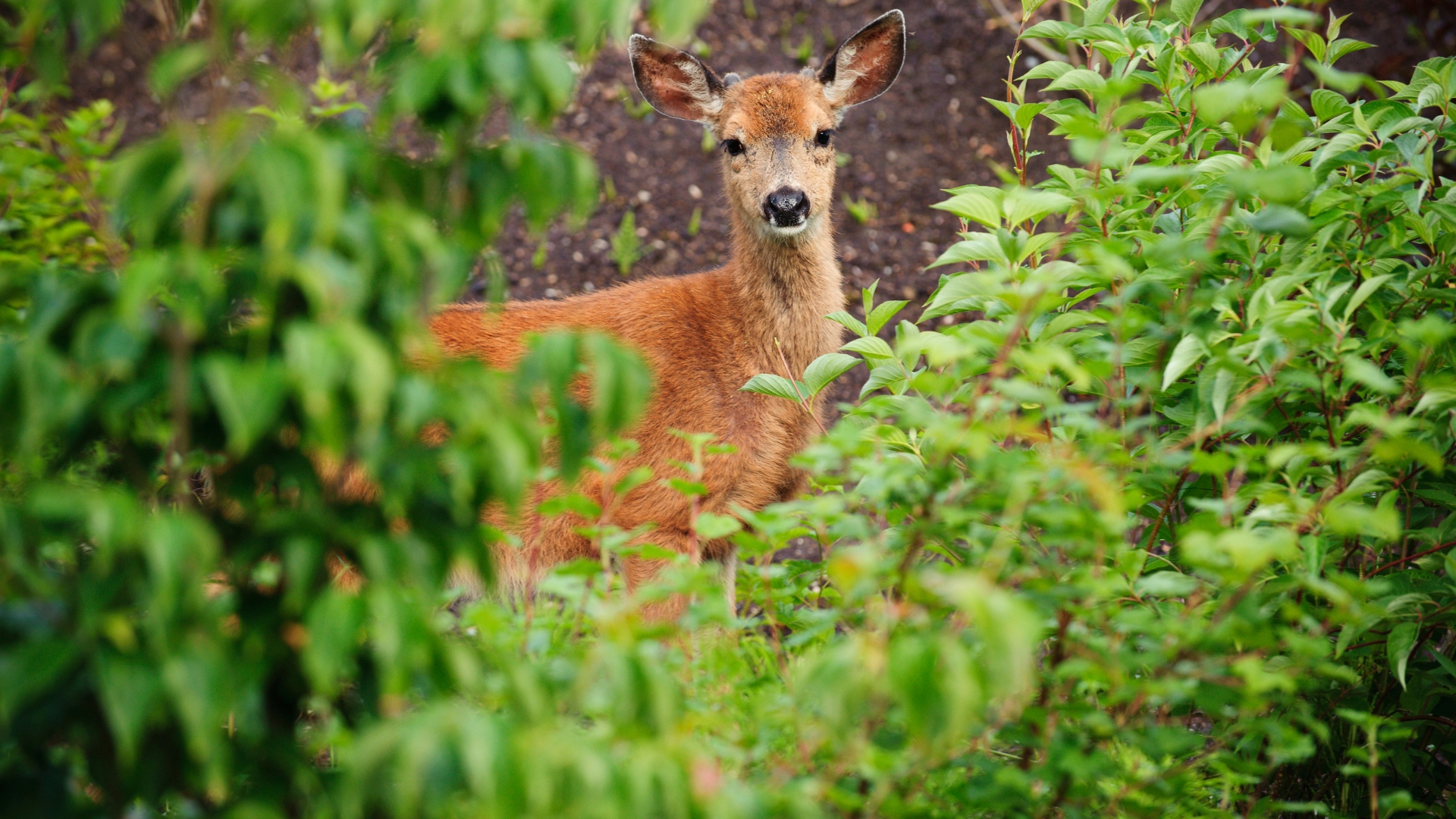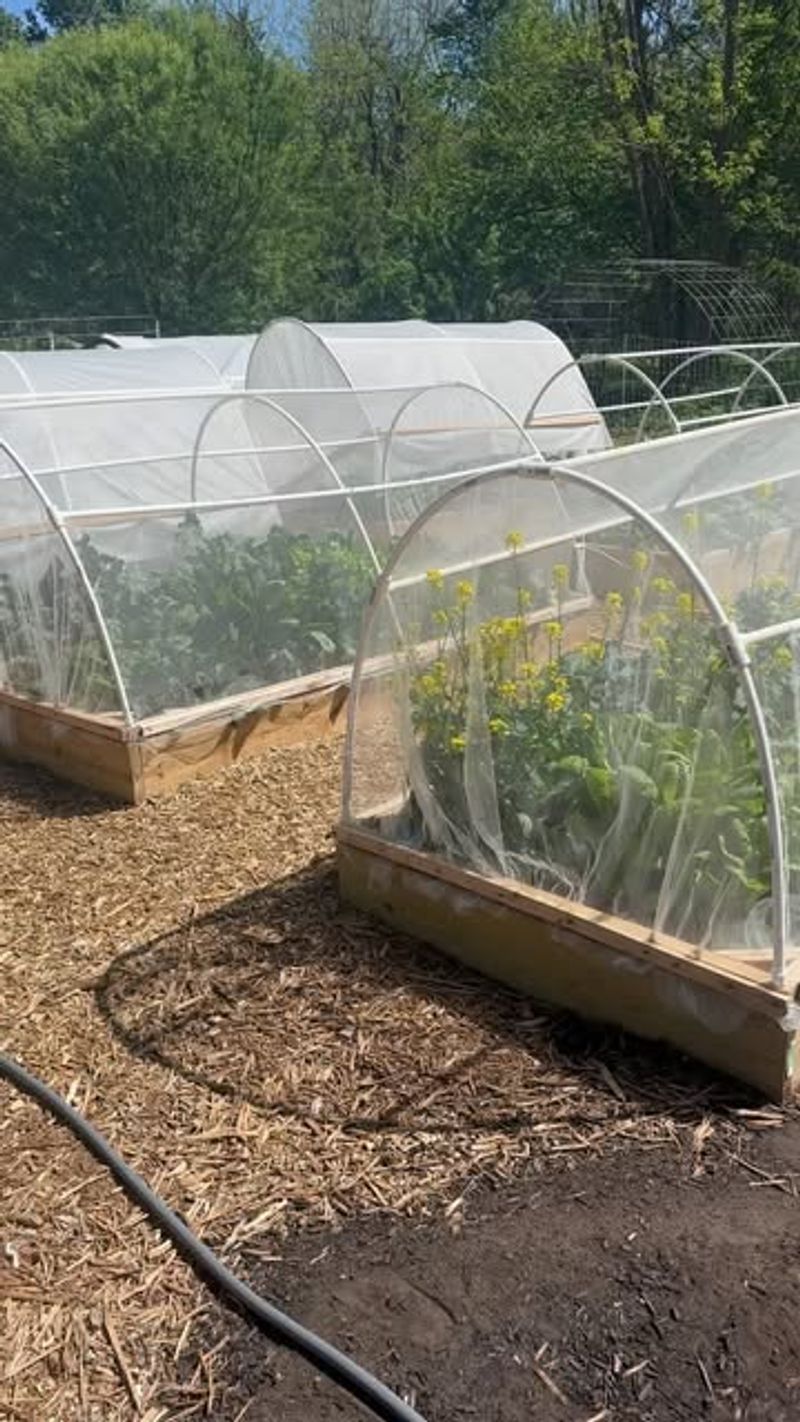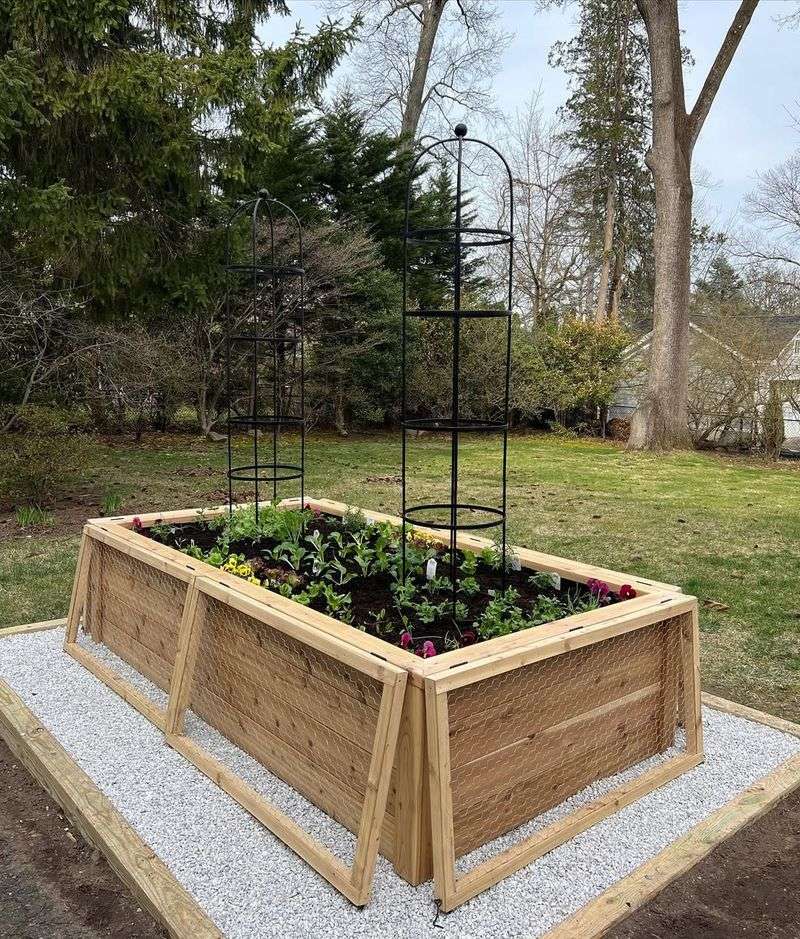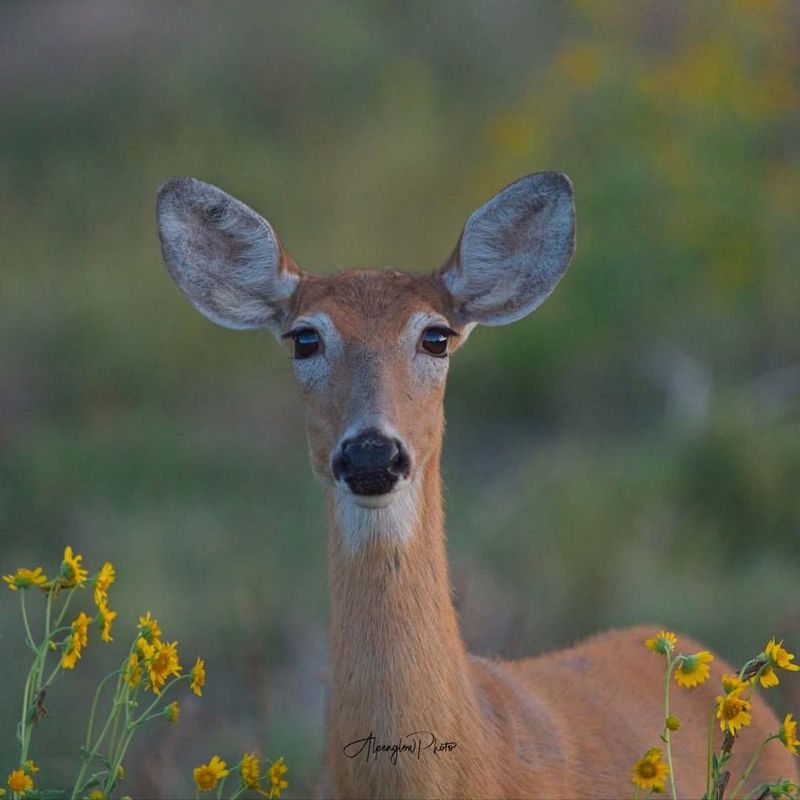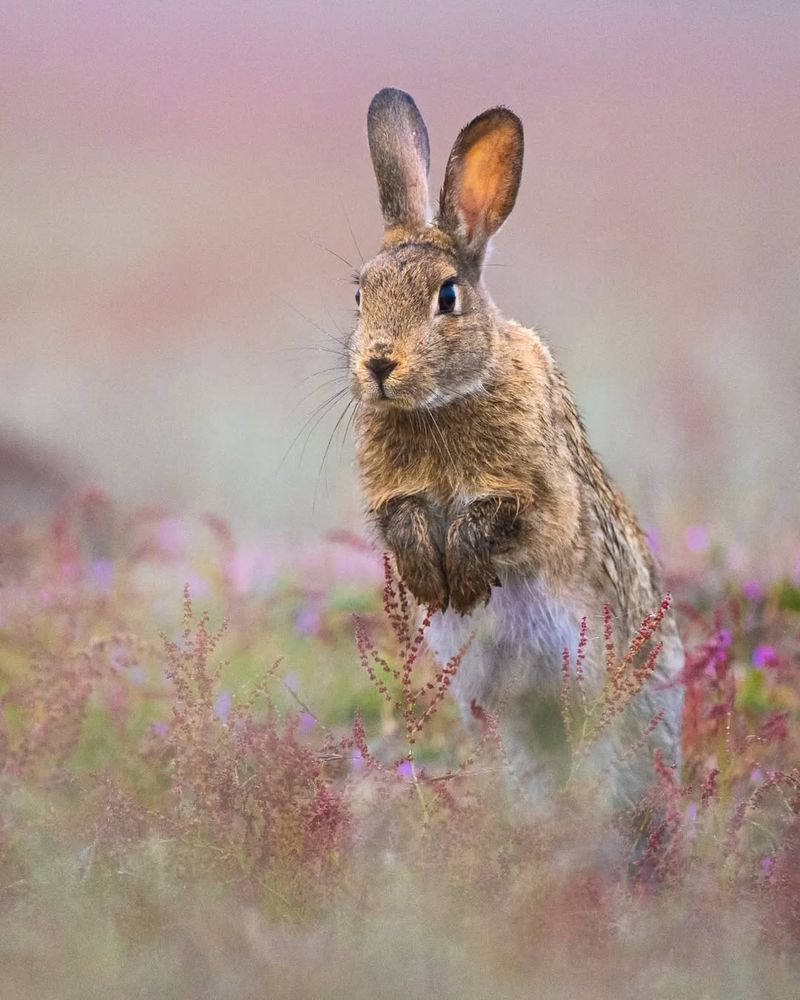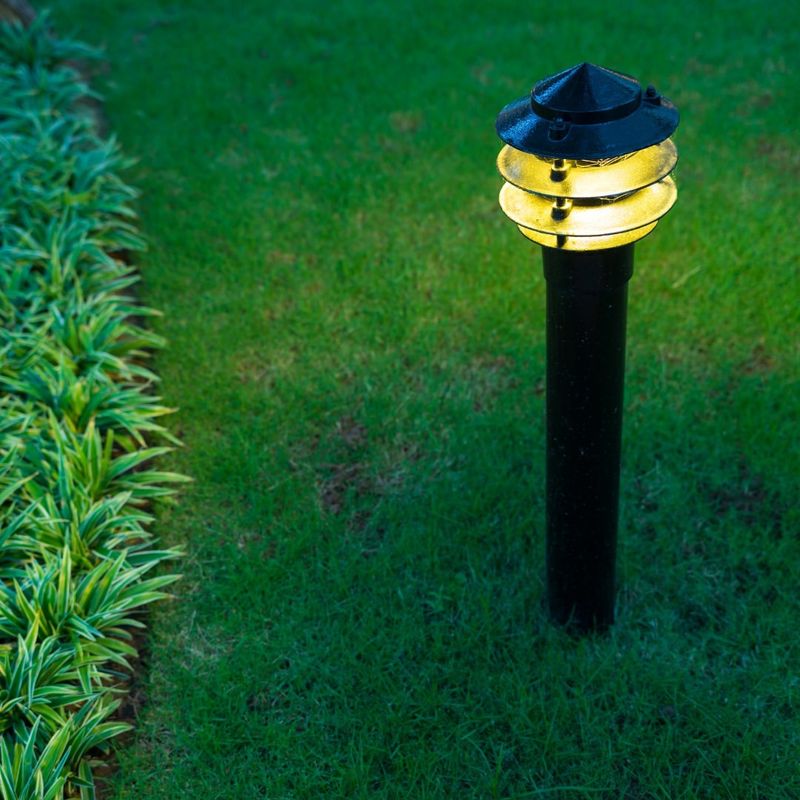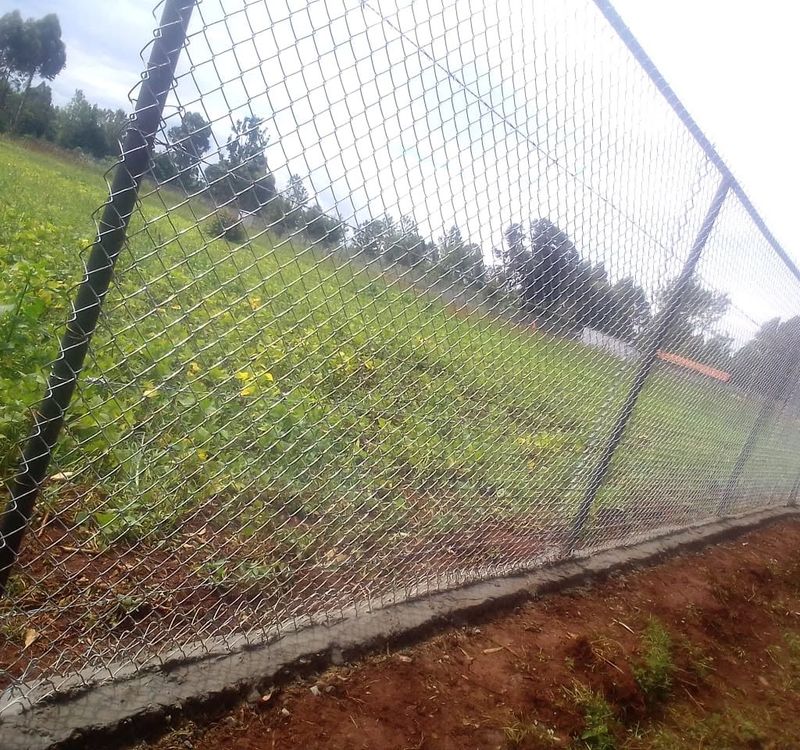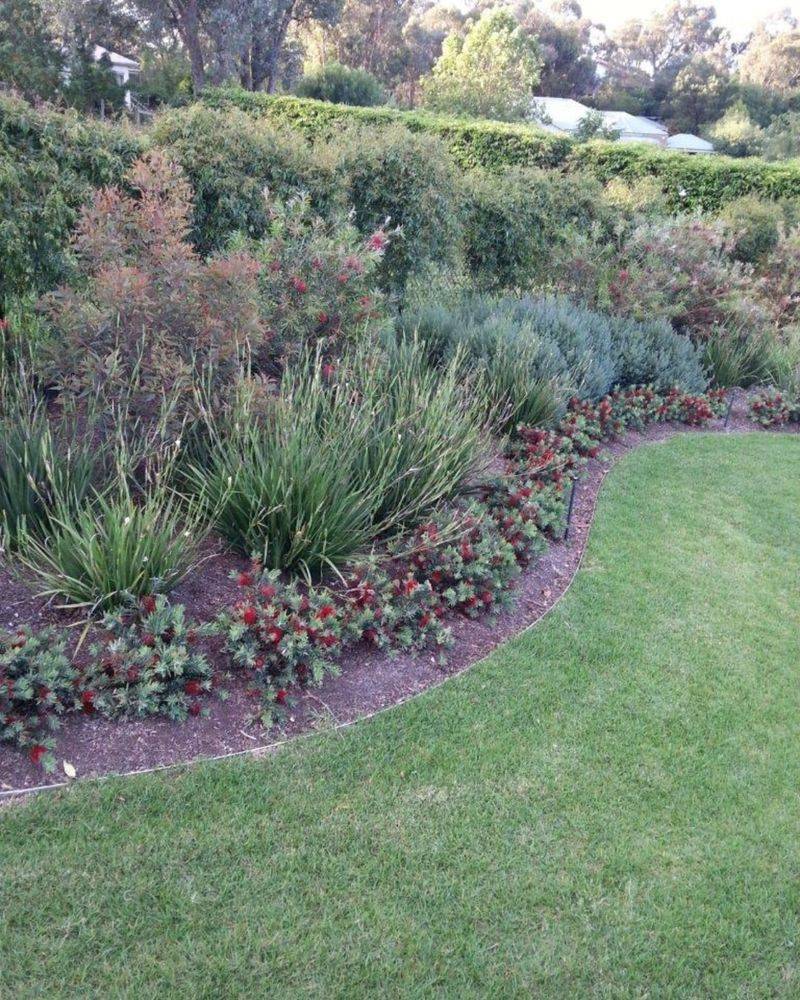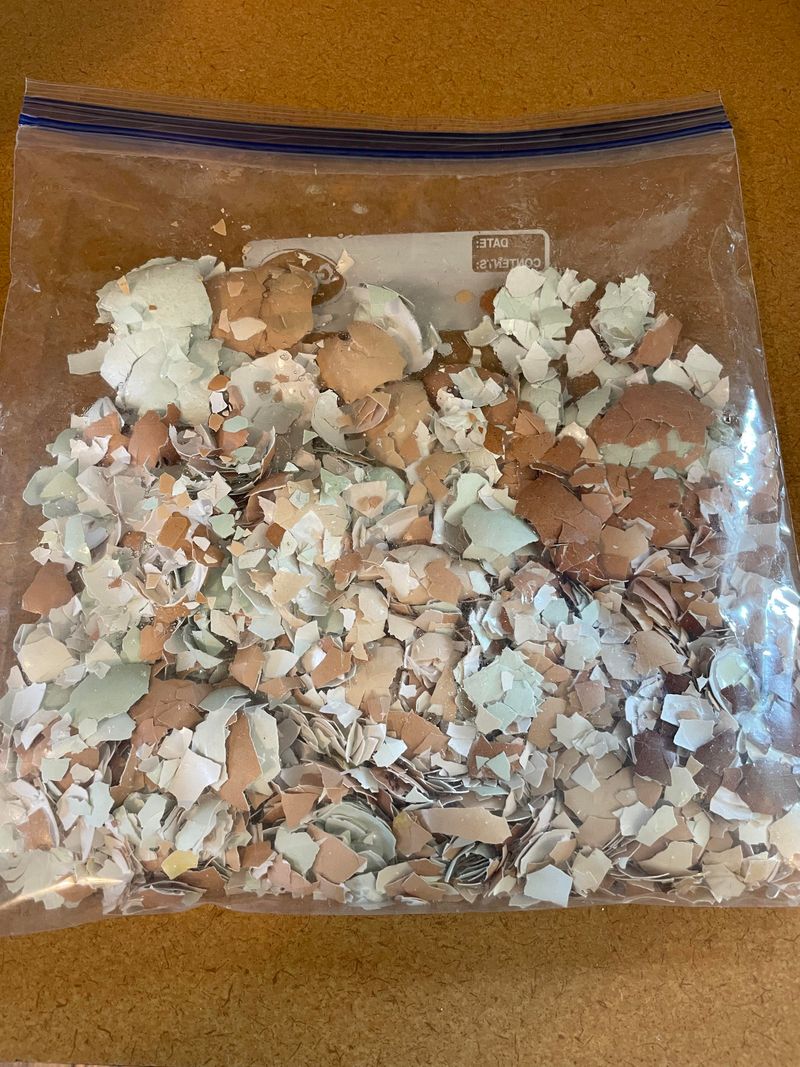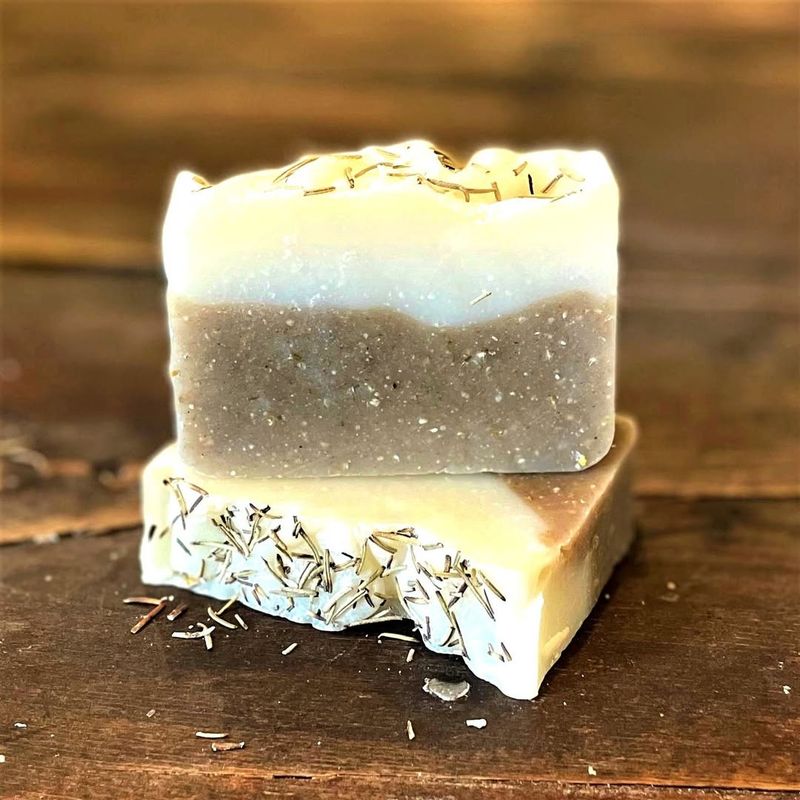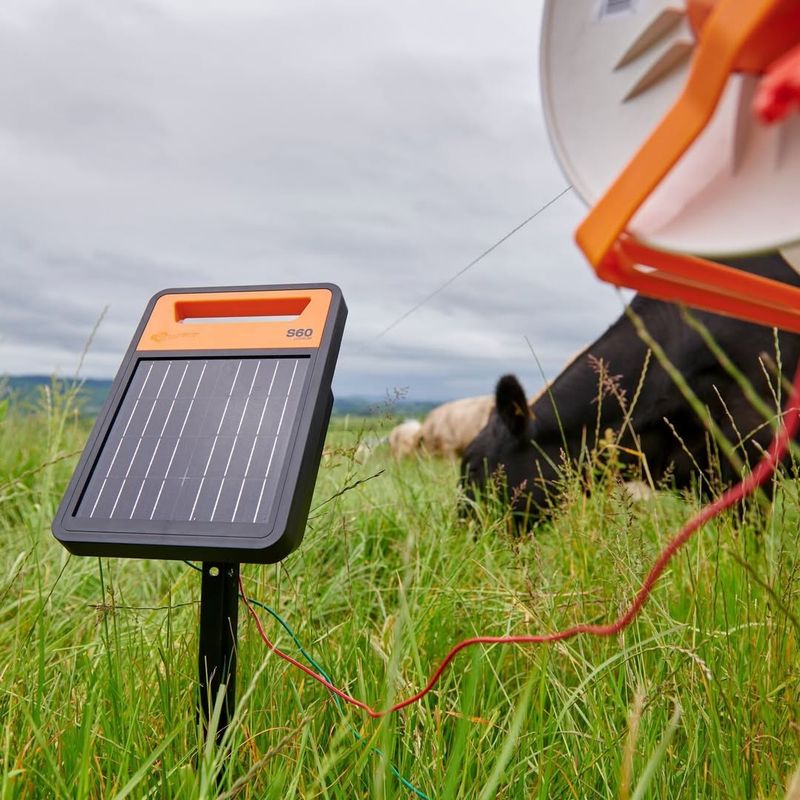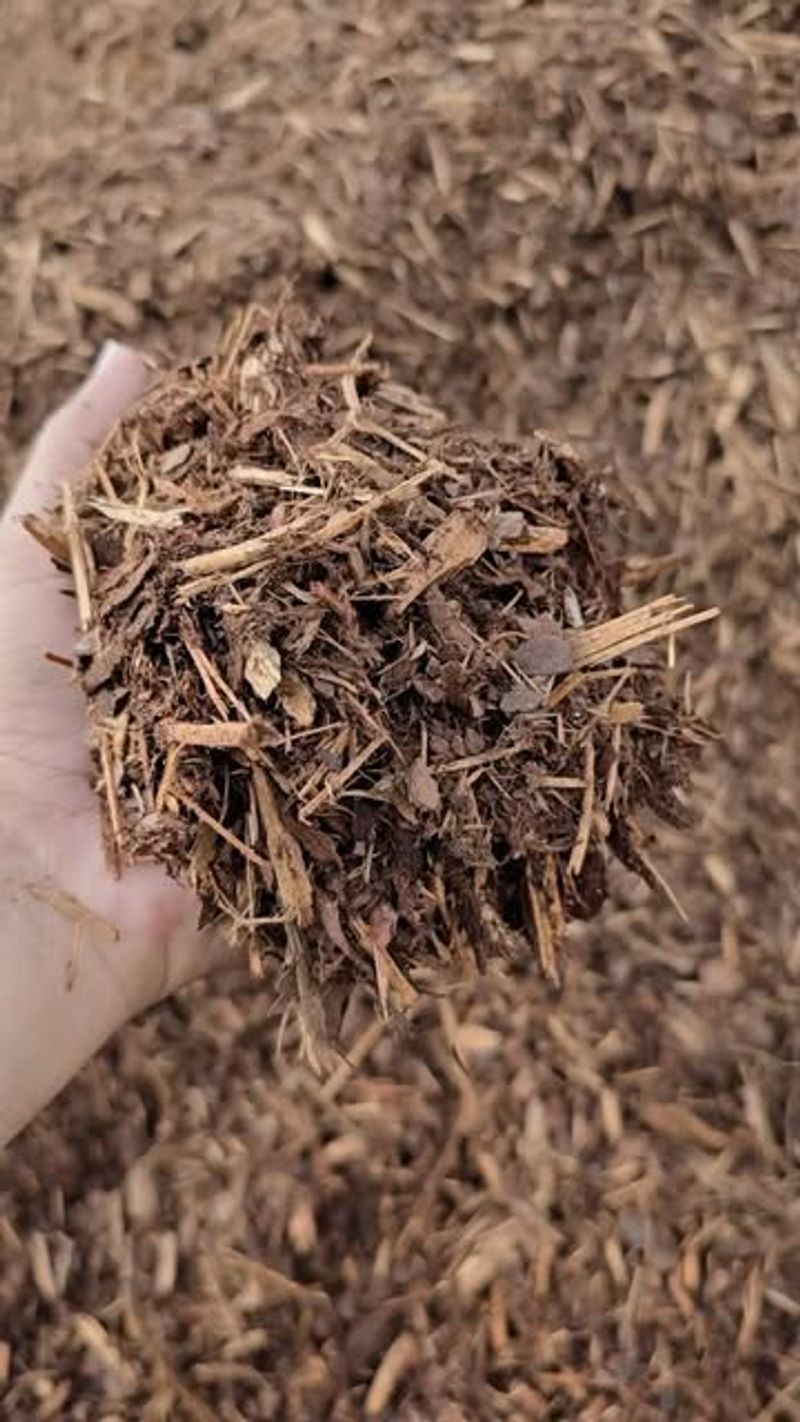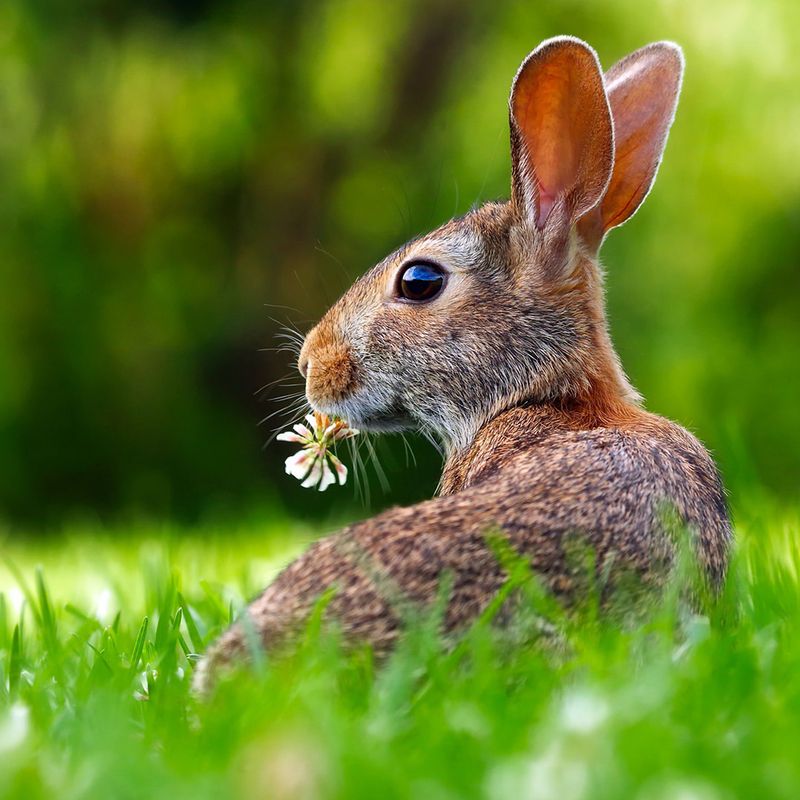Gardening is a joy, but the real challenge often starts when uninvited guests come to feast on your hard work. Deer, rabbits, and other wildlife can turn your lush garden into their own buffet. Here, I share 25 creative and effective ways to keep these critters at bay, ensuring your plants thrive beautifully.
1. Install Physical Fencing
A garden without a fence is like an open invitation to wildlife. By installing a tall, sturdy fence, you set a clear boundary that deer and rabbits find hard to breach. A fence should be at least eight feet tall to deter deer, while smaller mesh can keep out rabbits.
Materials like wood or metal offer durability, while strategic placement ensures no entry points are left unguarded. Consider extending the fence underground by at least a foot to prevent digging. With these measures, your garden becomes a fortress against unwanted visitors.
2. Use Deer-Resistant Plants
Some plants naturally repel deer and rabbits, acting as a first line of defense for your garden. By choosing deer-resistant varieties, you make your garden less appealing to hungry browsers.
Plants like lavender, marigolds, and foxgloves are great examples. Their strong scents or bitter tastes guide wildlife away. Mixing these plants with more vulnerable species adds beauty and functionality to your garden design. This natural deterrent doesn’t just protect; it enhances your garden’s diversity.
3. Apply Repellent Sprays
When the air smells pungent, deer and rabbits take a hike. Repellent sprays, whether scent-based or taste-based, work wonders in deterring wildlife from feasting on your plants.
These sprays mimic natural deterrents and should be applied generously every few weeks, especially after rainfall. By regularly changing the scent, you keep the critters guessing and your garden safe. Consistent use ensures a lasting effect, making your plants less palatable.
4. Motion-Activated Sprinklers
Imagine a sudden burst of water startling an unsuspecting deer. Motion-activated sprinklers use this surprise element to keep wildlife at bay. They detect movement and release a quick spray, deterring animals without harm.
Position these strategically at garden edges or near vulnerable plants for maximum effect. The unpredictable spray pattern keeps deer and other animals on their toes, ensuring they steer clear of your garden. This method is both effective and environmentally friendly.
5. Add Garden Netting
Lightweight garden netting is like a soft shield for your beloved plants. It protects against nibbling while allowing vital sunlight and rain to nourish the garden.
Drape the netting over your flowers and vegetables, ensuring it covers them completely without restricting growth. This barrier is particularly useful during peak growing seasons when plants are most vulnerable. With garden netting, you offer your plants a protective armor against wildlife.
6. Use Raised Garden Beds
Elevate your garden game with raised beds. By lifting plants off the ground, you make it harder for rabbits to reach them. These beds also allow you to incorporate additional barriers like fencing or covers.
Raised beds offer better drainage and soil conditions, benefiting plant health. Their height and structure naturally deter wildlife, making them a practical solution for protecting young or delicate plants. This approach combines aesthetics with functionality, creating a garden sanctuary.
7. Scatter Human Hair or Pet Fur
Sometimes, the presence of humans or pets is enough to ward off wildlife. Scattering human hair or pet fur around your garden sends a scent message to deer and rabbits.
Collect hair from hairbrushes or pet grooming sessions and distribute it evenly around plant bases. Renew the application regularly to maintain the scent. This natural method tricks animals into believing predators are nearby, keeping your garden off the menu.
8. Create Noise or Vibration Deterrents
Who knew sound could be such a powerful deterrent? Wind chimes, aluminum pie pans, or even motion noise devices can scare off curious wildlife.
Place these noise-makers strategically throughout your garden, ensuring they create sound without disturbing neighbors. The unexpected clangs and vibrations unsettle visiting animals, making them think twice before settling in for a feast. This simple trick adds an auditory layer to your garden defenses.
9. Install Plant Cages or Cloche Covers
Sometimes, plants need their own little fortress. Plant cages or cloche covers provide this extra layer of protection for tender shoots. Made from materials like wire or plastic, these barriers shield plants from nibbling wildlife.
Position them carefully to allow for growth while keeping animals at bay. These covers offer a physical barrier that ensures your plants thrive without interference. With plant cages, you give each plant its own protective bubble.
10. Use Blood Meal or Bone Meal
Sometimes, the strong scent of organic fertilizers doubles as a deterrent. Blood meal or bone meal, rich in nitrogen, boosts plant growth while keeping wildlife at a distance.
Scatter these meals around your plants, and the powerful smell will discourage deer and rabbits from approaching. These fertilizers not only feed your plants but also act as an olfactory shield, enhancing your garden’s natural defenses.
11. Plant a Perimeter of Strong-Smelling Herbs
Imagine a fragrant border that keeps intruders at bay. Strong-smelling herbs like rosemary, lavender, and sage are not only delightful but also effective in repelling wildlife.
By planting these herbs around more vulnerable species, you create a natural barrier. Their potent scents deter deer and rabbits, making them valuable allies in garden defense. This aromatic strategy enhances the garden’s beauty while providing a natural shield.
12. Try Predator Urine Products
In the wild, scent tells a story of territory and threats. Predator urine products mimic these natural cues, signaling danger to deer and rabbits. When applied around the garden, they create an invisible boundary that wildlife respects.
Use these products carefully, following instructions to ensure safety and effectiveness. By harnessing nature’s language, you deter unwanted guests with minimal effort.
13. Install Motion-Activated Lights
Nighttime can be a garden’s most vulnerable time. Motion-activated lights turn the tables by startling nocturnal visitors with bursts of illumination.
Position these lights around your garden to catch movement and deter nighttime browsing. The sudden brightness confuses and scares off deer and other animals, reducing damage under the cover of darkness. This lighting not only protects but also adds a functional aesthetic to your garden.
14. Use Chicken Wire Fencing at Ground Level
Ground-level threats require ground-level solutions. Chicken wire fencing effectively blocks burrowing rabbits and protects plant bases from gnawing.
Bury or secure the wire just below the soil surface to prevent digging. This simple method ensures that your garden’s defenses cover all bases, protecting from above and below. With chicken wire, your plants are guarded from persistent ground invaders.
15. Make DIY Garlic or Pepper Sprays
Sometimes, the kitchen holds the best garden secrets. Homemade sprays crafted from garlic, chili, or hot pepper create potent defenses against wildlife.
These ingredients, known for their strong smells and tastes, can be mixed with water and applied to plants. The resulting spray deters deer and rabbits while being eco-friendly. This DIY approach empowers gardeners to protect with natural, accessible resources.
16. Keep the Garden Tidy and Clear
Cleanliness is not just for aesthetics; it’s a defense strategy. By keeping your garden tidy and clear, you reduce hiding spots for wildlife. Trimming brush and weeds makes the area less attractive, as animals prefer covered, cluttered spaces.
Regular maintenance, like removing debris and ensuring clear pathways, creates an unwelcoming environment for potential intruders. Order and organization become your garden’s silent guardians.
17. Use Reflective Objects
Sometimes, all it takes is a flash of light to deter. Reflective objects like CDs, foil strips, or mirrors create movement and light that startle deer and birds.
Hang these items around your garden, where they catch the sun and sway in the breeze. The resulting reflections and glints confuse wildlife, making them think twice before venturing further. This visual trick adds an element of surprise to your garden’s defenses.
18. Create a Wildlife Feeding Zone Far from the Garden
Offering a distraction can often keep your main plants safe. By creating a separate wildlife-friendly feeding area, you draw animals away from your garden.
Planting grasses or shrubs they prefer, far from your main beds, can satisfy their hunger without compromising your crops. This strategy of diversion provides a balance between nurturing wildlife and protecting your garden.
19. Sprinkle Crushed Eggshells or Gravel
The ground can be as much a barrier as the air. By sprinkling crushed eggshells or gravel around your plants, you create an uncomfortable texture for wildlife.
Soft-footed animals like rabbits find it unpleasant, discouraging them from venturing further. This simple, natural method not only protects but also enriches the soil with minerals, offering dual benefits to your garden.
20. Use Soap Bars Around the Garden
Sometimes, cleanliness can be a deterrent. Strongly scented bar soap, hung on stakes or trees, creates an olfactory barrier that repels deer.
Soaps with fragrances like Irish Spring are particularly effective. Their scent lingers in the air, creating an invisible fence that keeps wildlife at a distance. This approach is both simple and sustainable, adding a fragrant layer of protection to your garden.
21. Install Electric Fencing (Low-Voltage)
For persistent invaders, a little shock goes a long way. Low-voltage electric fencing offers a safe but effective deterrent for deer and raccoons.
Easily installed, this barrier provides a gentle zap that discourages repeat visits. It’s crucial to ensure the electric components are safe for children and pets, offering protection without harm. This modern twist on fencing keeps your garden secure while respecting wildlife.
22. Try Motion-Activated Ultrasonic Devices
In the battle for your garden, sound can be a powerful ally. Motion-activated ultrasonic devices emit sound frequencies that drive away animals without harming them.
Place these devices strategically throughout your garden to cover all areas. The high-frequency sounds are inaudible to humans but unsettling to wildlife. This humane method keeps your garden serene and safe, blending technology with nature.
23. Use Mulch with Strong Scents (like Pine or Cedar)
Mulch does more than just conserve moisture; it confuses animal scent trails, too. Strong-scented mulches like pine or cedar add an extra layer of protection by disguising the smells wildlife use to navigate.
Spread this mulch around your garden to create a sensory barrier. The strong, pleasant aroma keeps your garden safe while enhancing its aesthetic appeal. This natural strategy aligns beauty with defense.
24. Keep Trash and Compost Sealed
An unsealed compost bin or open trash can is an open invitation for wildlife. By keeping these attractants sealed, you prevent drawing animals close to your garden.
Secure lids on trash cans and use covered compost bins to eliminate easy food sources. This proactive approach reduces temptation and lowers the likelihood of animals wandering into your garden space.
25. Rotate Repellent Methods Regularly
Consistency doesn’t always mean predictability. Rotating repellent methods keeps wildlife from adapting to your defenses.
Alternate between sprays, barriers, and deterrents to maintain an element of surprise. This dynamic strategy prevents animals from becoming accustomed to any single method, keeping your garden safe year-round. By staying one step ahead, you ensure continuous protection for your plants.

